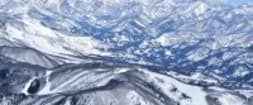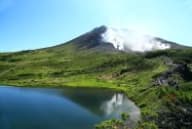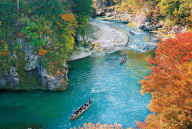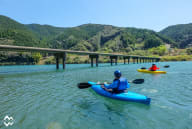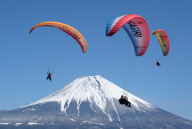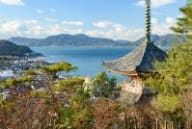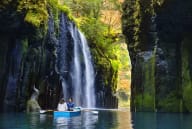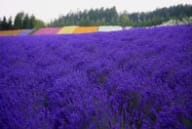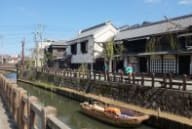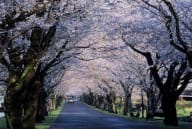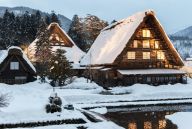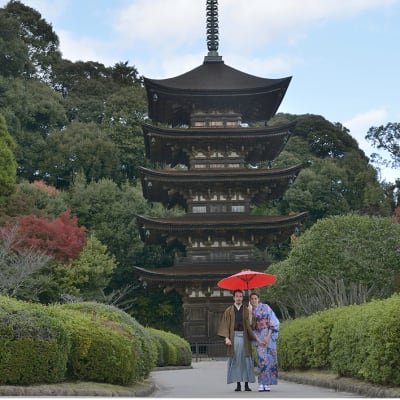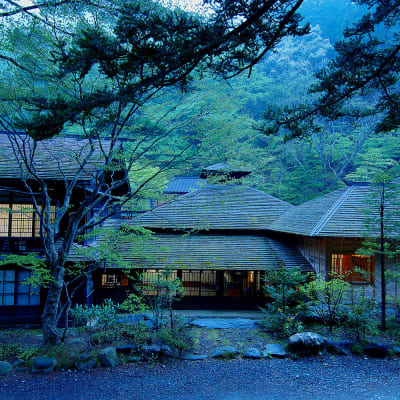HOME > Japan’s Local Treasures > Nikko’s Lake Kirikomi and Karikomi
Follow a hiking trail to discover two emerald lakes hidden deep in Nikko’s mountains, surrounded by legend and mossy forest
Nikko City Tourism Association
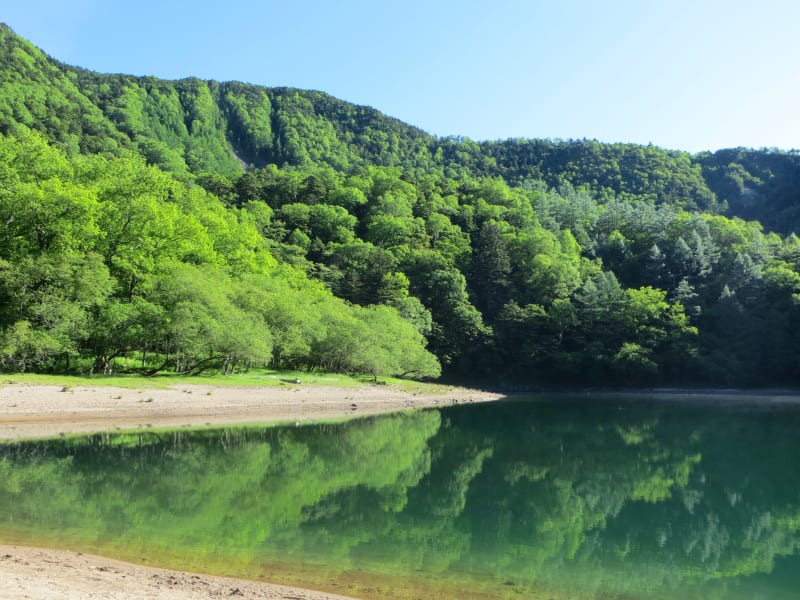
Lake Kirikomi and Lake Karikomi are twin emerald lakes hidden high in the mountainous Okunikko area, away from the bustling World Heritage temples and shrines of central Nikko.
Formed when lava blocked the valley, the lakes remain remarkably quiet. Their waters are thought to drain through underground channels, adding to their mysteriousness. Surrounded by dense, primeval forest and mossy volcanic rocks, the setting feels tranquil and otherworldly.
According to legend, the Buddhist priest Shodo Shonin (735–817), who founded Nikko’s temples and shrines, fought a giant serpent by the lakes. They were named to honor this legend and his triumph: kiri means “to cut,” kari “to hunt,” and komi “to push down.”
Some travelers journey to the lakes along a moderately challenging 10-kilometer hiking trail connecting Yumoto Onsen and Kotoku Onsen, which passes the lakes on the slopes of Mt. Mitsudake, standing at 1,945 meters. Most hikers reach the lakes in about an hour from Yumoto Onsen, or take on the full route, which takes roughly three hours and 30 minutes. Shaded paths, cool mountain breezes, and the quiet emerald waters create a secluded retreat where nature, history, and legend converge.

How to get there
From Tokyo Station, take the Tohoku Shinkansen to Utsunomiya Station (about 50 minutes). From there, switch to the JR Nikko Line train and travel to Nikko Station (about 40 minutes), then take the Tobu bus to the Yumoto Onsen bus stop (about 1 hour and 20 minutes). The lakes are about a 1-hour hike from the Yumoto Onsen bus stop.
Yumoto, Nikko-shi, Tochigi-ken












